August 15, 2024
How Leaders Can Prevent Disasters: Learnings from NASA’s Space Shuttle Columbia Failure
CNN’s four-part series, “Space Shuttle Columbia: The Final Flight,” tells the story of how a series of decisions made by competent, dedicated, and well-intentioned leaders set the stage for a safety exposure that brought down the Space Shuttle Columbia — an exposure that was not understood at the time. As an organizational psychologist, I’ve studied decision-making processes in depth—specifically related to adverse outcomes—including Deepwater Horizon, the Brumadinho dam disaster, and more recently mishaps at Boeing. If organizational leaders fully understood this story, they would stop making decisions that enable such disasters and start making decisions to prevent them.
Watching a documentary on a subject one knows about from first-hand experience is frequently a disappointment. The picture painted can be seriously off, one that suits the filmmaker more than the truth. That is distinctly not the case in the CNN series. The moving depiction of theColumbia disaster is not just well told, it is also accurate.
The series also portrays the heartbreak experienced by the families of the seven astronauts whose lives were prematurely and unexpectedly lost. Unlike a loss following an illness or accident in the course of day-to-day life, these courageous mothers, fathers, sisters, and brothers died in service to our country while on a scientific quest for national knowledge. They were America’s best, doing their best work. Their loss is both ennobling and tragic.
Immediately after the February 1, 2003 accident, the Columbia Accident Investigation Board was chartered. Admiral Hal Gehman and a team of 12[1] board members and about 120 investigators spent six months investigating the accident, and their findings were summarized in a 248-page[2] report critical of NASA’s leadership and decision-making processes.
Shortly after the Columbia Accident Investigation Board (CAIB) report was released, I was asked by NASA to come to Washington and meet with senior leadership. The purpose was to devise a plan for how the agency would respond to the findings.
NASA’s leader at that time was the former Secretary of the Navy, Sean O’Keefe, appointed by President Bush in 1992.[3] O’Keefe had previously worked at the Office of Management and Budget with Paul O’Neil, who became CEO of Alcoa prior being appointed Secretary of the Treasury. O’Neil had a reputation of leading with safety, so O’Keefe turned to him for advice on how to respond most effectively to the tragic event. O’Keefe asked O’Neil if there was a consultant out there who understood organizational culture, and O’Neil, whom I had worked with for many years, suggested me.
I read the CAIB report carefully, and my team created and implemented a strategy for NASA to address the cultural deficiencies the report had identified: primarily upward communication and perceived organizational support.
After having studied hundreds of tragic events at numerous organizations, one sees patterns emerge that enable prevention when they are understood by senior leadership. It isn’t a single decision or the unsafe behavior of an individual that gets to the roots of cause and informs the strategy for prevention. Rather it is a series of decisions, a network occurring over a period of time, often years, that sets the stage for tragedy. The CAIB report identified such decisions along with the cultural factors that made them possible.
Upward Communication
In the Columbia case, the problem stemmed from fear of reprisal for raising questions or passing up information that senior leadership might view as inappropriate or be offended by. This dynamic can be found in airline safety, health care, and process industries. It can feel uncomfortable telling the surgeon he is about to operate on the wrong side of the head or the pilot that she is heading toward the wrong runway—or, in the case of the NASA leader, that their decision to fly is breaking their own rules. High-functioning organizations avoid this mistake.
Perceived Organizational Support
Leaders often need support to accomplish the tasks they have been given. When a lower-level leader wants to ask for support but feels that doing so might put themselves in a negative light, they tend to shut down instead, which bogs down the process of addressing the issue.
Both of these cultural factors came into play in the series of decisions leading up to the loss of Columbia. When upward communication and perceived organization support are lacking, the stage is set for normalization of deviance — the process of informally downgrading to a new and insufficient standard. The CNN piece shows us just how that happened, in compelling detail.
Our work documented low functioning in these areas. Seven months later, after intense training and interventions, both variables improved at statistically significant levels. The change was more about the day-to-day climate than the sustained culture, but over a period of years the climate becomes the culture.
Conclusion: Learnings from the Space Shuttle Columbia Failure
CNN and the makers of “Space Shuttle Columbia: The Final Flight” have done our country and our organizational leaders a service by laying all this out accurately and by showing us the depth of human feeling that followed this tragic loss.
More information about organizational culture is available in Thomas R. Krause’s latest book, “If Your Culture Could Talk: A Story of Culture Change.”
Highlights
After having studied hundreds of tragic events at numerous organizations, one sees patterns emerge that enable prevention when they are understood by senior leadership. It isn’t a single decision or the unsafe behavior of an individual that gets to the roots of cause and informs the strategy for prevention. Rather it is a series of decisions, a network occurring over a period of time, often years, that sets the stage for tragedy. The CAIB report identified such decisions along with the cultural factors that made them possible.
Search for articles
Share this post:


